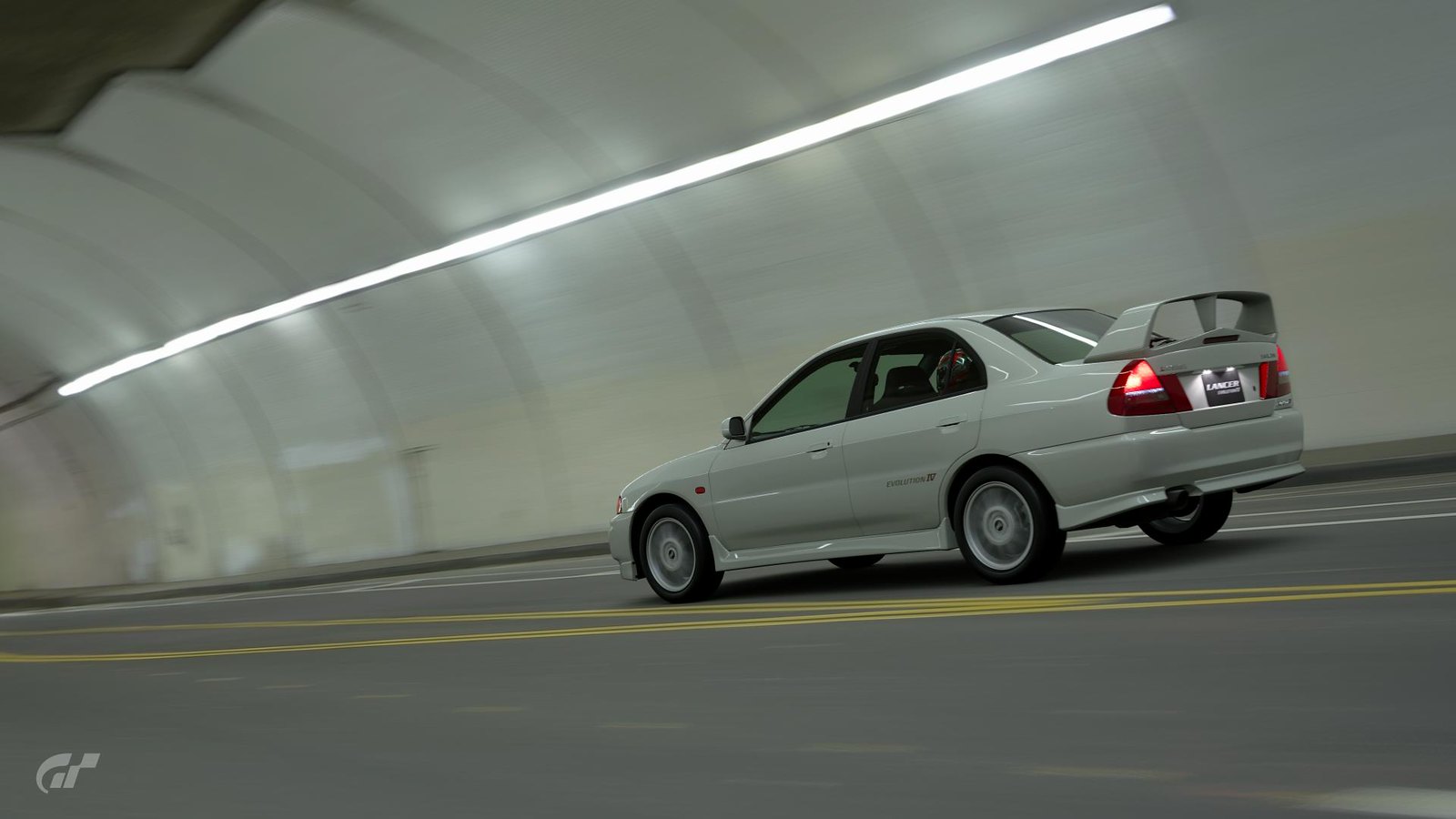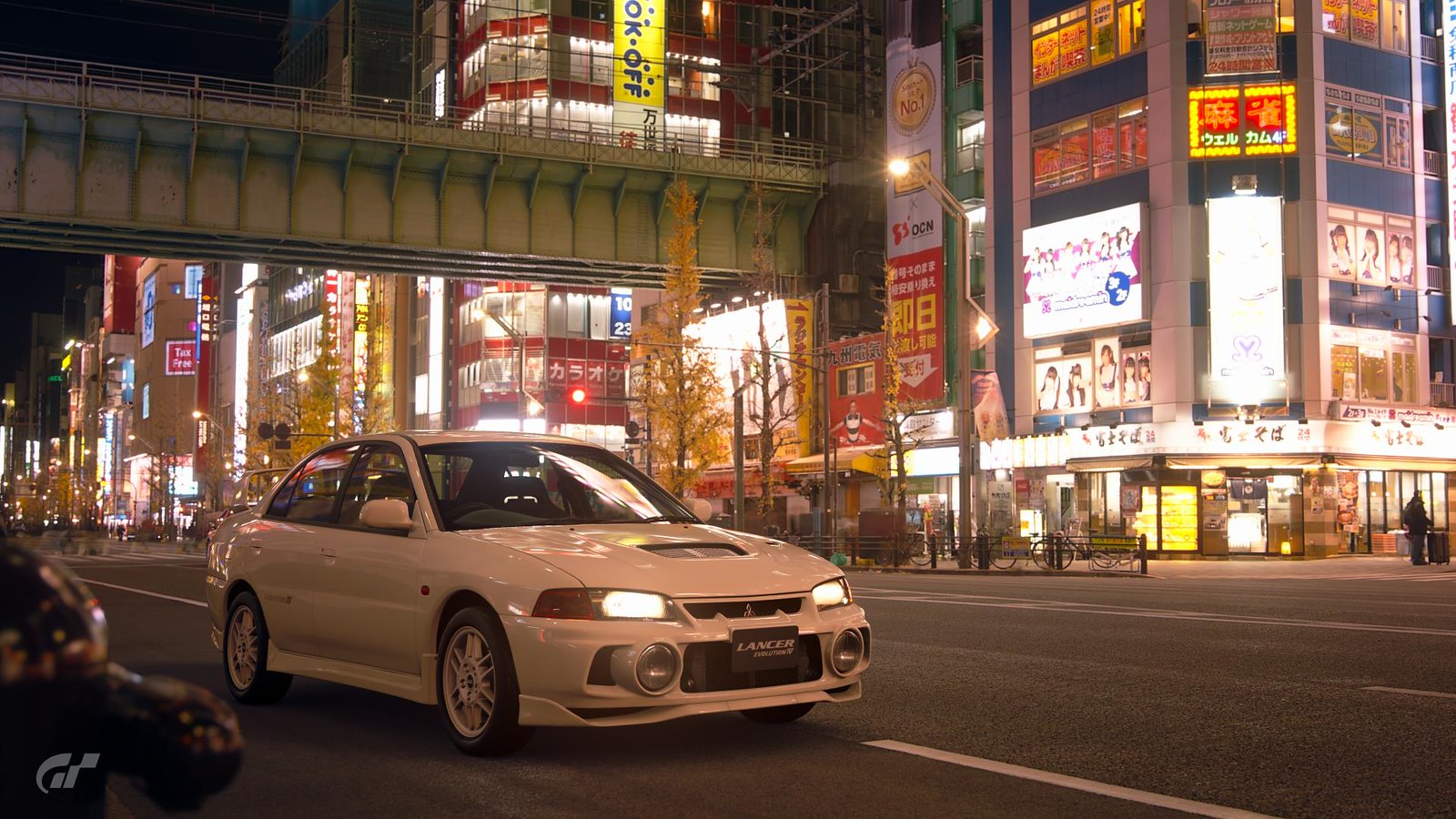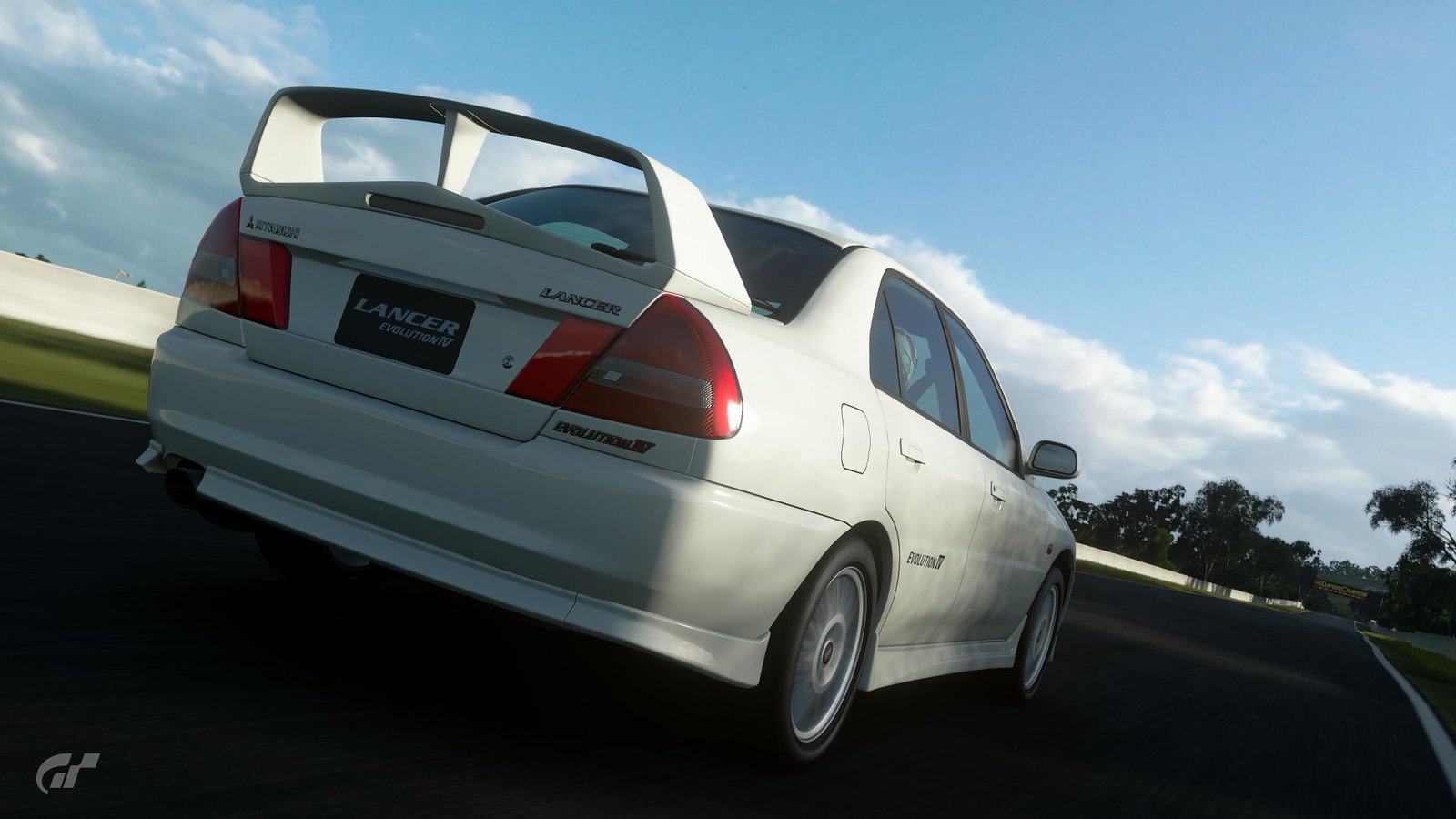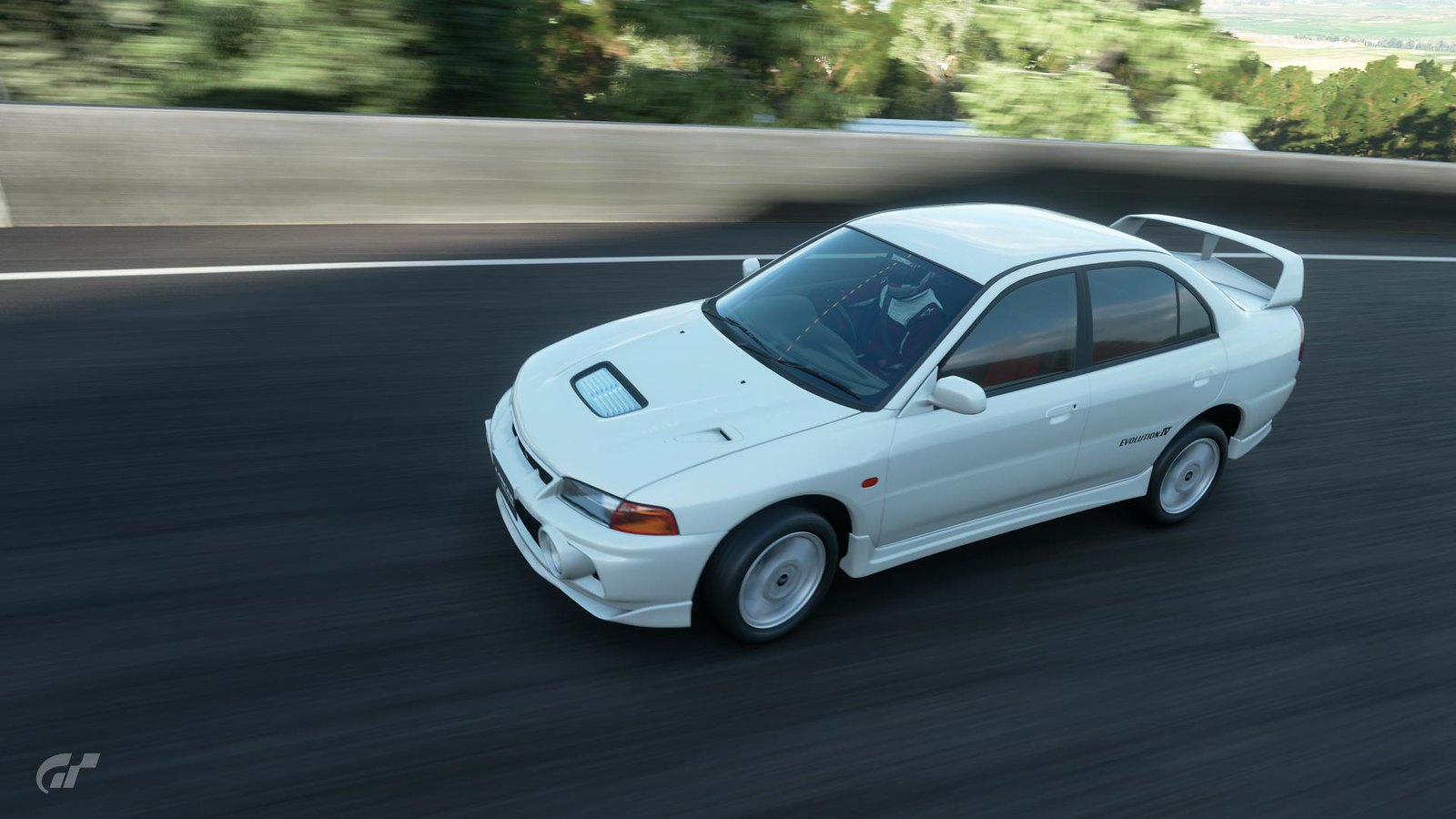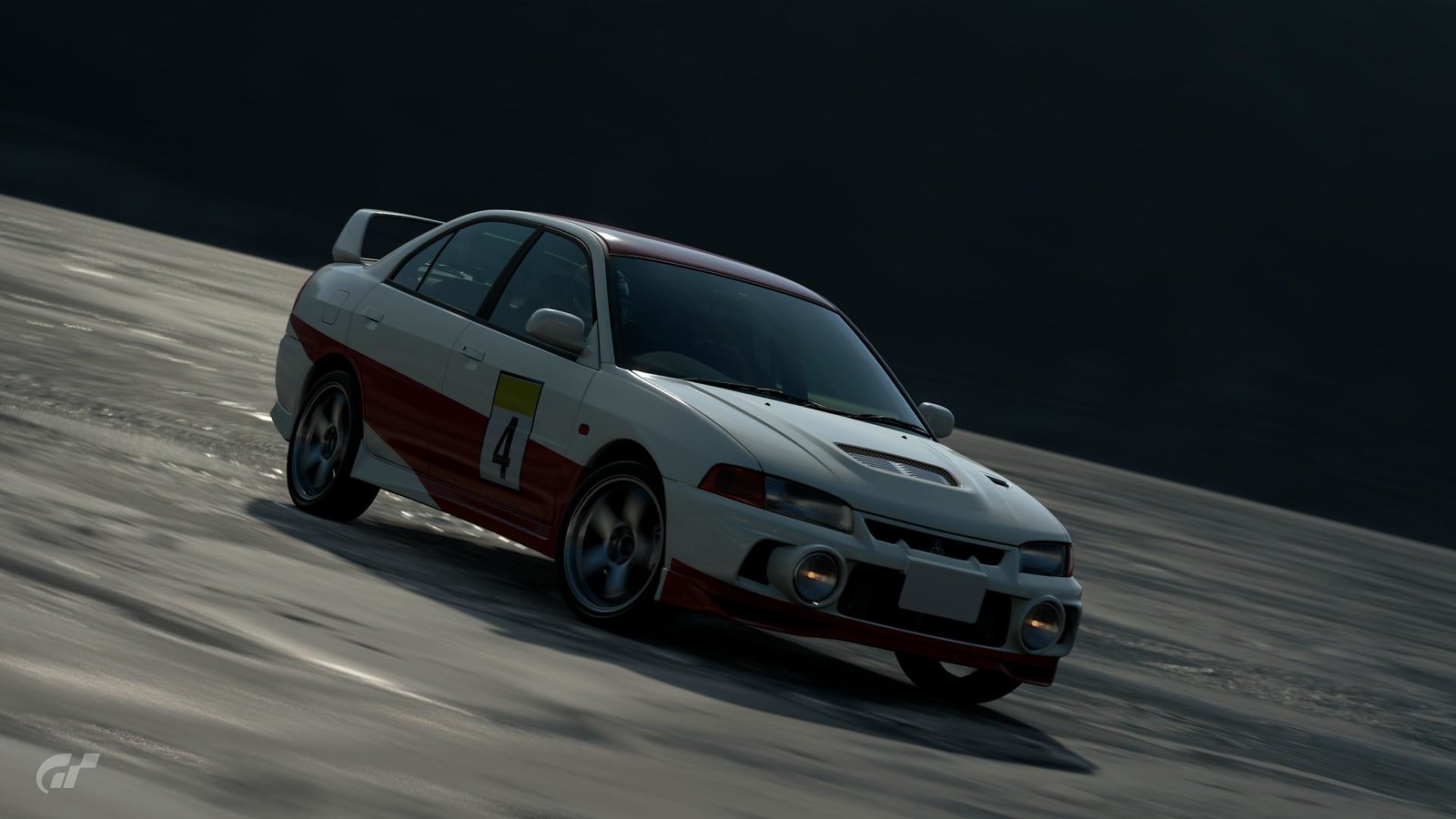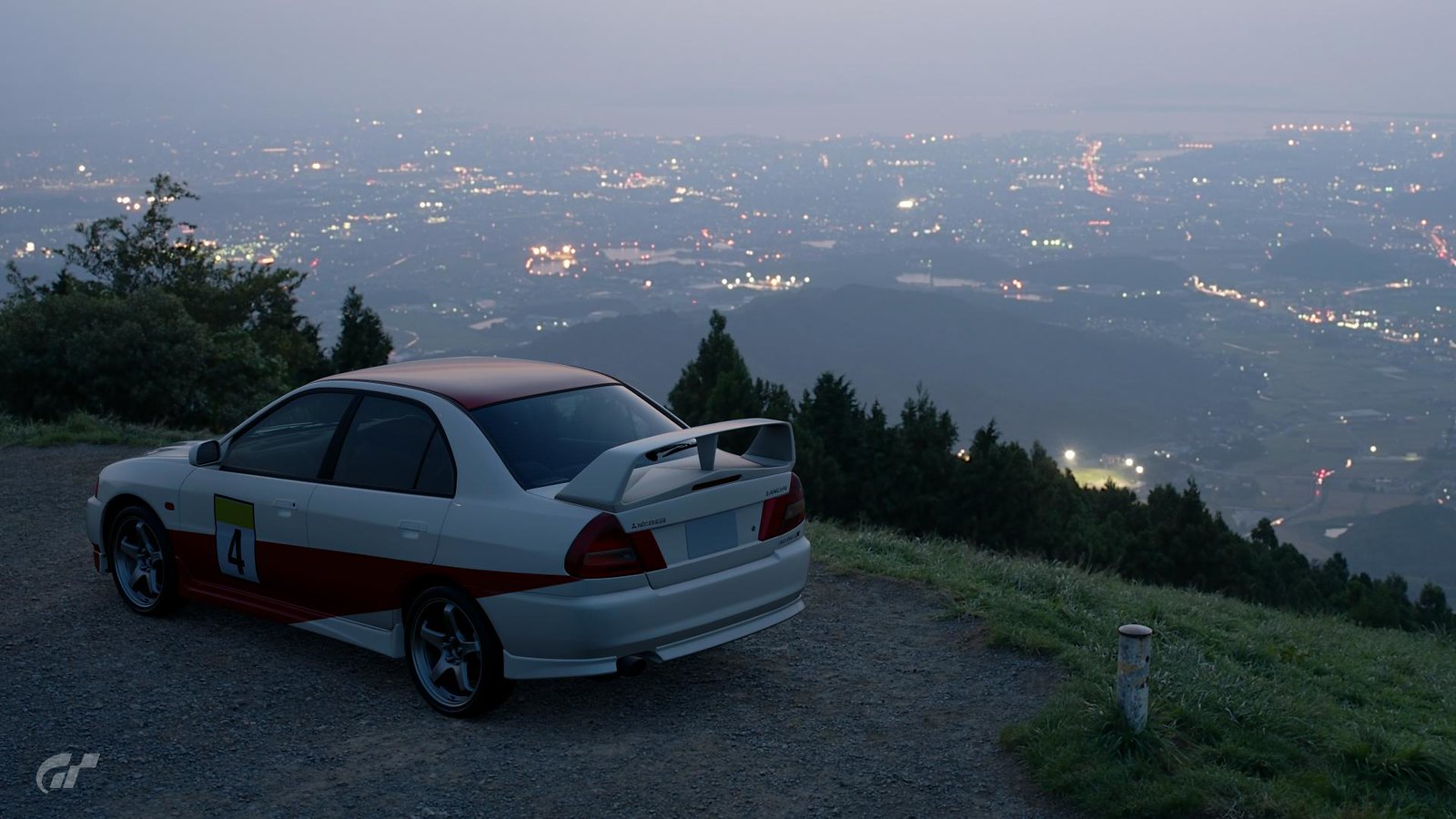The Mitsubishi eK Wagon is now on its 4th Generation and for this generation, it tries to correct most of the things that went wrong from its previous model aside from the fuel efficiency fiasco that forced Mitsubishi to be part of the Nissan umbrella. For a byproduct of the NMKV joint venture, the fourth-generation eK Wagon has a lot of dirt to clean from the previous model before it takes a good look at the mirror.
 |
| 2020 Mitsubishi eK Wagon |
 |
| 2020 Mitsubishi eK X |
The fourth-generation eK Wagon comes with two different flavors such as the standard eK Wagon, which starts somewhere at the 1.3 million yen bracket, and the SUV-like eK X (Cross), which starts below 1.5 million yen. While the normal eK Wagon looks a bit vanilla on the road, the eK X looks a bit like a shrunken Delica D:5 (which was facelifted recently a few quarters ago this year) but either way, these two city cars have a lot of work to do in order to win back the crowd that felt betrayed from the previous model because of the fuel scandal Mitsubishi needs to clean up.
 |
| 2020 Mitsubishi eK Wagon interior |
 |
| 2020 Mitsubishi eK X interior |
After observing the exterior design of both of these machines, there goes the interior and unlike the previous model, which has a center panel of a high-tech washing machine, the new model has a more modest tone on the inside and while it is small, it's surprisingly not bad to accomodate up to four people as well as the boot in the back. In the eK X, meanwhile, customers can go for an optional extra with the special fabric on the seats that feels somewhat scaly to touch at.
 |
| 2020 Mitsubishi eK Wagon |
 |
| 2020 Mitsubishi eK X |
Both these eK Wagons are powered by a BR06 3-cylinder 12-valve 660cc engine producing 52PS of power and with a mild hybrid system that bolts the 2kW onto the engine as well as the CVT gearbox that doesn't sound exciting at all and the Idle Stop & Go feature, you'll be getting about 21.2km/L of combined fuel economy by WLTP standards, which is rather impressive for a kei car of this size. For the ek X, meanwhile, customers can go for the turbocharged variant for some added sprite to their driving pleasure in the city. As for handling, the new eK Wagon still has Rack and Pinion Power Steering, Torsion Beams on the suspension setup and Disc Reading Trailing Drum Brakes, which makes the driving experience a bit decent to experience, although not as quite as good as a proper European city car. Still, it feels very accessible to drive with and there's nothing wrong with having one in the first place.
With safety as its top priority, the new eK Wagon range features MI-PILOT semi-autonomous tech as well as e-assist suite of safety features for a safer driving that soothes your eyebrows all the way home.
So, has Mitsubishi corrected the mistakes the previous eK Wagon did? If you weren't sure, you could consider having the Nissan equivalent of the new eK Wagon, the Dayz.
 |
| 2020 Nissan Dayz |
 |
| 2020 Nissan Dayz Bolero |
Although similarly priced as the new eK Wagon, the all-new Dayz offers different styles to choose from such as the normal Dayz, the stylish Highway Star variant, and the female-friendly Bolero variant.
 |
| 2020 Nissan Dayz interior |
 |
| 2020 Nissan Dayz interior |
While the Dayz features different faces compared to the eK Wagon, it still has the same interior, the same BR06 3-cylinder 12-valve 660cc engine with mild hybrid and Idle Stop & Go, and the same semi-autonomous driving aids and safety features that will keep drivers noticed all the way home from work or trips to the mall.
So, there we are, as a byproduct of the NMKV venture, both the new eK Wagon and the new Dayz are surely more than enough to correct all the things that went wrong with the previous generation, especially the fuel efficiency fiasco that forced Mitsubishi to be part of the Nissan umbrella. Question is, will it stay being an honest-to-goodness kei car to the very end of its lifespan? Only time will tell.
Photo: Mitsubishi Motors/Nissan










































